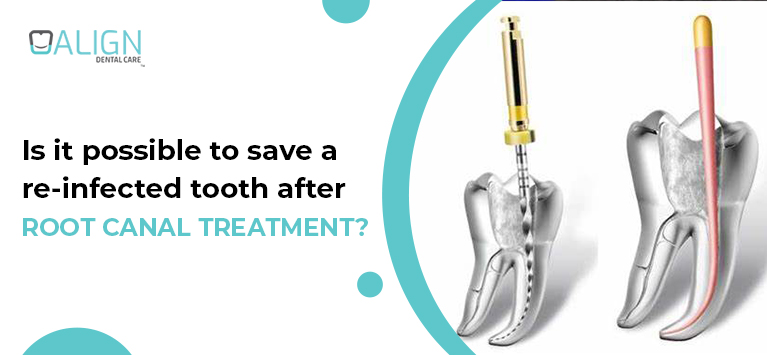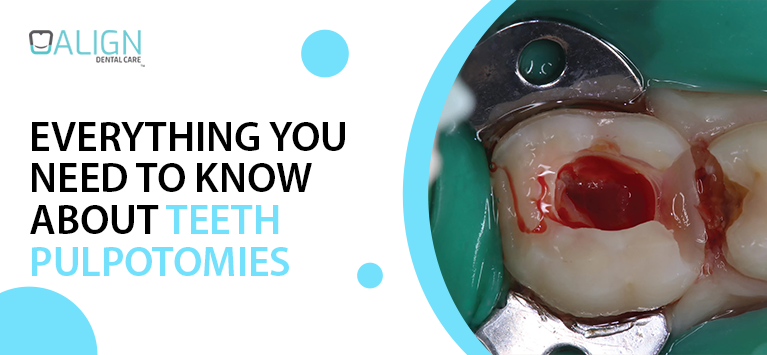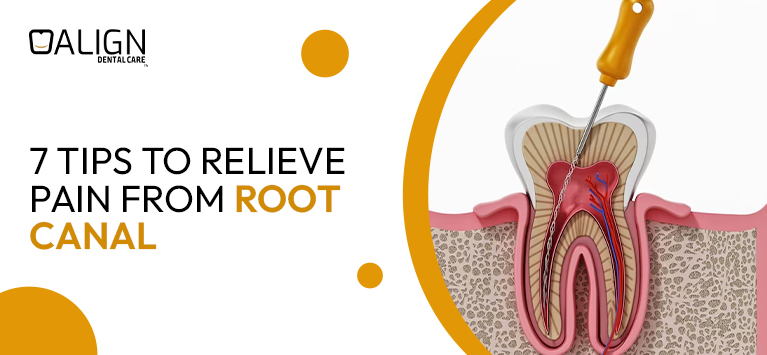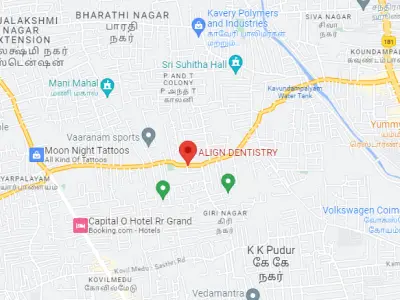
How Long Does a Root Canal Take?
Root canal treatment is one of the most common and important dental procedures. Many people associate it with pain or complexity, but modern dentistry has made it quick, comfortable, and highly effective. Whether you’re experiencing persistent tooth pain or just curious about the procedure, understanding what a root canal involves can help you make informed decisions for your dental health.
In this guide, we cover how long a root canal takes, what causes it, when you might need one, its cost, and what the procedure looks like. We’ll also give recovery tips and bust common myths to ease any anxiety you might have.
Table of Contents
How Long Does a Root Canal Take?
The time required for a root canal depends on several factors, including the tooth’s location, complexity of infection, and the dentist’s experience.
- Front teeth (incisors and canines): Usually 30–60 minutes
- Premolars: 60–90 minutes
- Molars (back teeth): 90–120 minutes
Some cases may require two visits, especially if the infection is severe or the canals are difficult to access. During the first visit, the dentist cleans the tooth and may place a temporary filling. The second visit ensures proper sealing and restoration.
Pro tip: Modern tools like rotary endodontics can make the process faster and more comfortable.
How Much Does a Root Canal Cost?
The cost of a root canal varies based on the type of tooth, the complexity of the procedure, and the location of the dental clinic. On average in India:
- Front teeth: ₹3,000–₹6,000
- Premolars: ₹4,000–₹8,000
- Molars: ₹6,000–₹12,000
Additional factors affecting cost include:
- Placement of a crown or filling after the procedure
- Use of advanced dental technology
- Complexity of the infection or tooth structure
Many dental clinics offer a detailed cost estimate during your consultation, helping you plan ahead without surprises.
What Causes the Need for a Root Canal?
A root canal becomes necessary when the pulp inside a tooth gets infected or inflamed. The pulp is the soft tissue containing nerves, blood vessels, and connective tissue. Infection can develop due to:
- Deep cavities or tooth decay
- Repeated dental procedures on the same tooth
- Cracked, chipped, or broken teeth
- Trauma or injury to the tooth
- Severe gum disease
Ignoring these issues can lead to abscesses, severe pain, or even tooth loss. Timely root canal treatment prevents further complications and saves your natural tooth.
When Do You Need a Root Canal?
Knowing the signs can help you seek treatment early. You may need a root canal if you experience:
- Persistent toothache or throbbing pain
- Sensitivity to hot or cold foods and beverages
- Swollen or tender gums near the affected tooth
- Tooth discoloration or darkening
- Pain while chewing or biting
- Recurring pimples or bumps on gums
Early treatment is key: The sooner you treat an infected tooth, the higher the success rate of root canal therapy.
What Does a Root Canal Look Like?
A root canal involves a series of precise steps performed by a dentist or endodontist:
- Diagnosis and X-ray: The dentist examines the tooth and takes X-rays to identify infection and canal structure.
- Anesthesia: Local anesthesia ensures a painless procedure.
- Access opening: A small hole is drilled into the tooth to reach the pulp.
- Cleaning and shaping: Infected pulp is removed, and the canals are cleaned and shaped.
- Filling: Canals are sealed with a biocompatible material called gutta-percha.
- Temporary filling: If needed, a temporary filling is placed.
- Crown placement: A permanent crown restores the tooth’s strength, function, and appearance.
After the procedure, the tooth can function like a healthy, natural tooth.
Recovery After a Root Canal
Most patients recover quickly from root canal treatment. Common experiences include:
- Mild discomfort or tenderness for a few days
- Sensitivity to temperature or pressure
- Slight swelling of gums
Tips for smooth recovery:
- Avoid chewing hard foods on the treated tooth until fully restored
- Maintain excellent oral hygiene: brush twice daily, floss regularly
- Take prescribed painkillers or antibiotics, if recommended
- Attend follow-up appointments to ensure proper healing
With proper care, a root canal-treated tooth can last a lifetime.
Preventing the Need for a Root Canal
Prevention is always better than treatment. You can reduce your risk of needing a root canal with simple habits:
- Brush teeth twice daily with fluoride toothpaste
- Floss at least once a day to remove plaque between teeth
- Limit sugary foods and beverages
- Visit the dentist every six months for checkups
- Treat cavities or tooth damage early
Healthy habits not only prevent root canals but also improve your overall dental health and longevity.
Final Thoughts
Root canal treatment is a safe, effective, and tooth-saving procedure. Understanding how long it takes, its cost, and the signs indicating the need can help you take timely action.
Ignoring tooth pain or infection can lead to more serious problems, but modern root canal therapy restores oral health, relieves pain, and saves your natural tooth.
Don’t wait for severe pain. Early consultation with a dentist ensures your tooth stays healthy and functional for years to come.
Frequently Asked Questions
Yes, but failure is rare. Possible causes include undetected canals, cracks, or new infections. Retreatment is often successful.
Many insurance plans cover part of the procedure. Check with your provider for specifics.
With proper care, a root canal-treated tooth can last a lifetime. Crowns and regular dental visits extend its longevity.
Some teeth may darken slightly. Options like whitening or crowns can restore appearance.
While costs vary, it is often less expensive than tooth extraction and replacement with implants or bridges.























